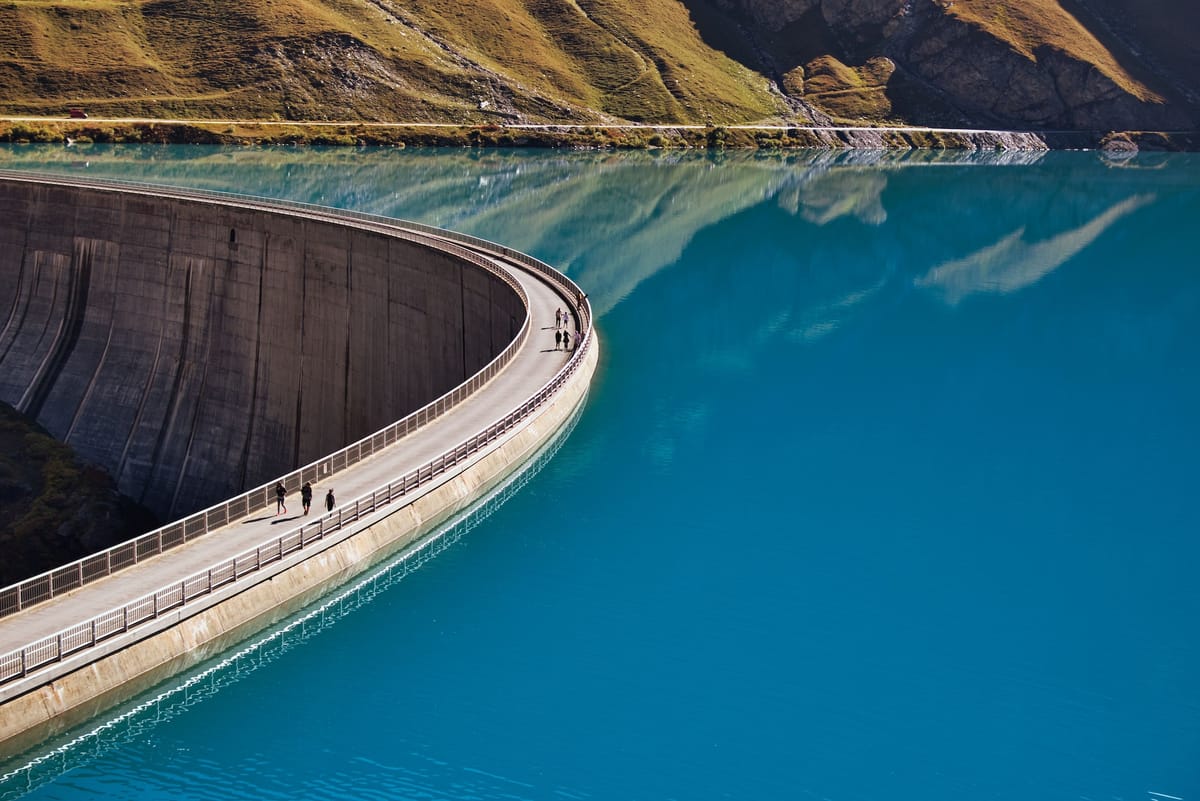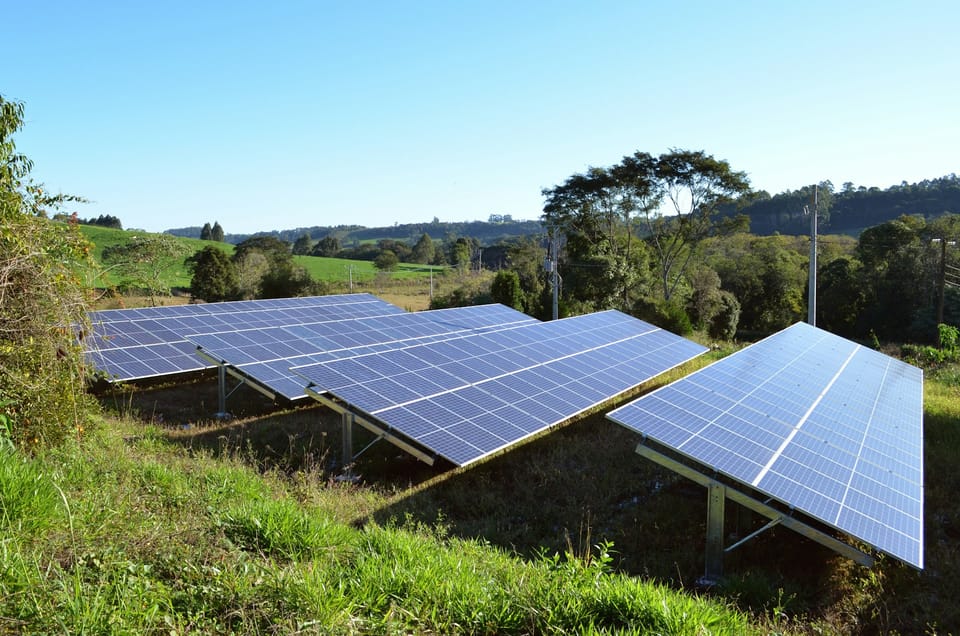Different Types of Water Energy
Water is a powerful force for clean energy. This article breaks down the main types of water-based energy systems and their potential to power a more sustainable future.

The use of water energy dates back to antiquity and is integral to modern thermal power and hydropower production. It also may come to play an important role in emerging energy generation technologies. Hydropower is one of the most popular types of clean energy production.
Water Vapor in Thermal Power Plants
Steam is a powerful source of energy. In fact, the invention of the steam engine in 1705 was a key catalyst for the Industrial Revolution. Today, most thermal power facilities boil water to generate steam, which is directed at high pressure to create electricity. Pressurized water vapor is used to turn power plant turbines, which generates electrical power.
The heat required to boil water to create steam results from the burning of fossil fuels, or nuclear fission in the case of nuclear power plants. Thermal heat is the dominant form of electricity generation in the United States. According to the U.S. Energy Information Administration (EIA), fossil fuels generated 63.6% of U.S. electricity in 2018, while another 19.4% was produced by nuclear power.
Another example of using steam for electrical and heat energy is geothermal energy. Water is heated from inside the Earth to create steam. In some cases, steam rises naturally to the surface where it can be harnessed to generate electricity. In other cases, cold water can be pumped down into wells to be heated, before being extracted.
Geothermal energy accounts for only 0.4% of U.S. generation. Thanks to its massive energy consumption, however, America boasted the most installed geothermal power capacity of any country in 2018, according to an NS Energy analysis. That production of 16.7 billion kilowatt-hours tops even Indonesia, the home of four of the largest geothermal projects in the world.
Hydropower
Hydropoweris created by falling of fast running water. In the past, flowing water was used to turn water wheels for powering gristmills and early sawmills. The relationship between hydropower and electricity dates back to the earliest period of the electric age. Water is typically stored in reservoirs and released to a lower elevation. It is channeled through turbines to generate electricity. Hydropower may also be generated from flowing water in rivers (run-of-the-river plants) as well as water flowing from reservoirs. Run-of-the-river plants are used to provide electricity in smaller communities and cause less environmental impact than reservoir storage. They are popular in China.
Hydroelectric power is a key source of electrical generation in some countries. In the U.S., however, it plays a secondary role. It accounts for 7.5% of U.S. electrical production. Issues such as land acquisition and environmental impact create barriers to new projects. Also noteworthy, reservoirs often perform additional roles such as water supply and flood control, which may compromise their role regarding electricity generation.
Tidal Energy
The creation of tidal energy results from the movement of ocean water associated with the rise and fall of tides. The first tidal power plant was established in La Rance, France, and the largest is in South Korea—the Sihwa Lake Tidal Power Station. According to National Geographic, the U.S. has no tidal generation plants and just a handful of locations where tidal energy production would be economically feasible. Other countries, including China, France, England, Canada, and Russia have more potentially viable locations.
While tidal energy is a renewable source, there may be environmental impacts associated with installations. At the La Rance facility, for example, the plaice—a type of flatfish species—became extinct in the area, while native aquatic plants suffocated in the silt. The shift to a cloudy, silty ecosystem favored the proliferation of other species such as cuttlefish, a relative of squids.
Other Types of Water Energy
Other niche types of water energy relate to the storage of energy in bodies of water or the generation of electricity from falling rain. One application being looked at with guarded optimism is the growth of algae on the water. This algae growth can be harvested and used to create biofuel.
Another possibility is the storage of solar energy in water, which can be tapped for energy withdrawal. One interesting new application involves the use of solar energy to help desalinate ocean water enclosed in large tanks. Then, when energy is needed, salt can be reintroduced to the water to release energy. According to the inventor, electricity can be stored much more cheaply than in lead-acid batteries.
Water and energy have an important relationship, both directly, as outlined in the examples above, as well as indirectly in processes such as fracking. In the fracking or hydraulic fracturing process, each well can necessitate as many as 7 million gallons of water. It is pumped underground to release trapped oil or natural gas.
The relationship of water energy and civilization goes back to ancient times and along with other sustainable energy sources such as solar, provides hope for the supply of clean energy in the future.








